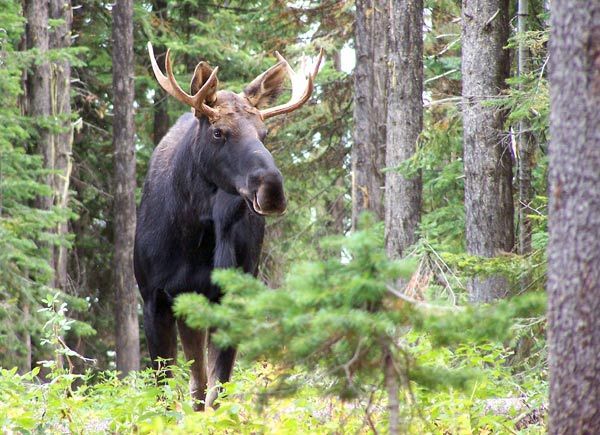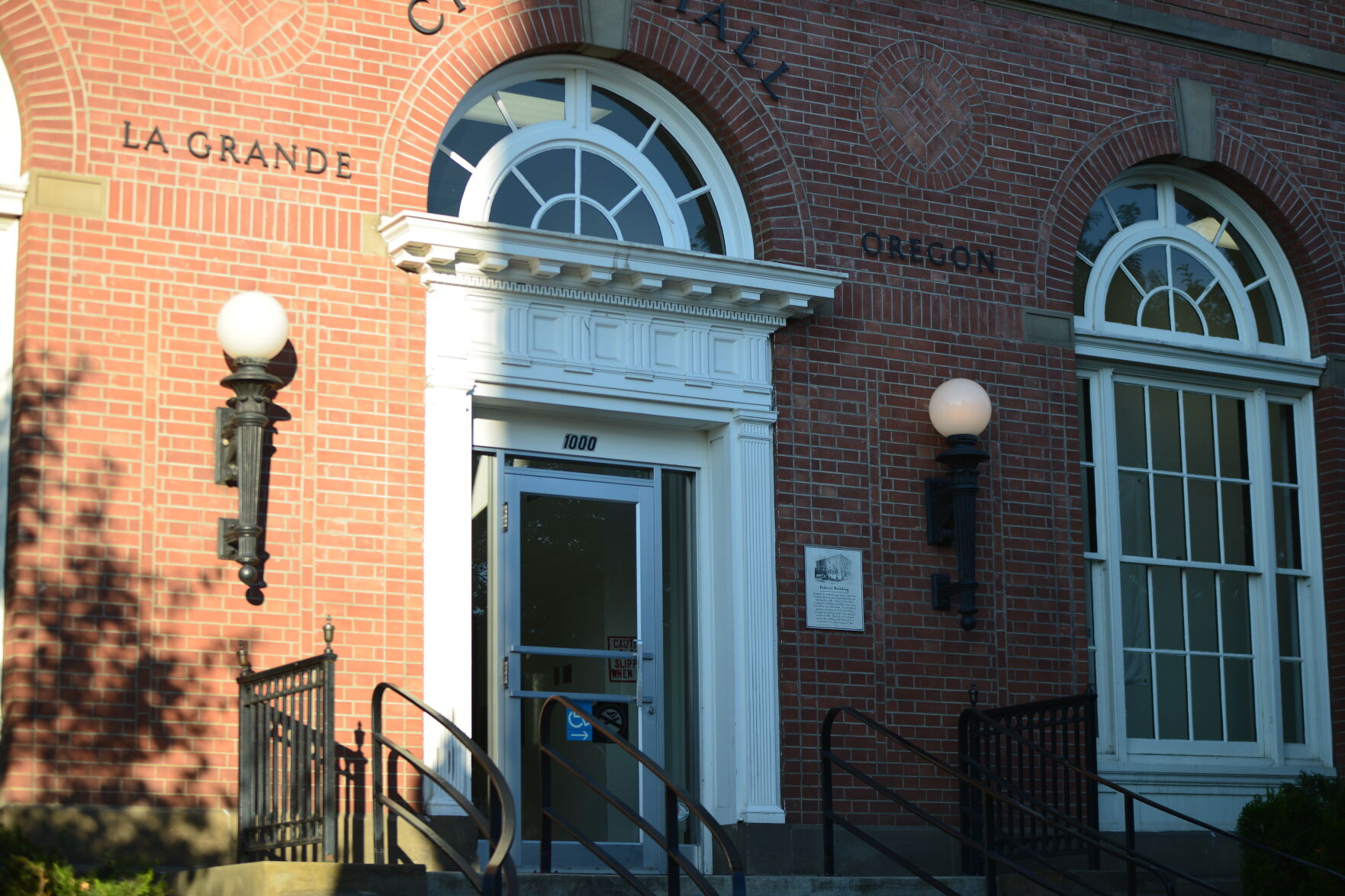Moose count up to about 40 in N.E. Oregon
Published 5:06 pm Friday, September 26, 2008

- This bull moose was photographed Wednesday in the Lookout Mountain area north of Elgin by Oregon Department of Fish and Wildlife biologist Pat Matthews of Enterprise. - ODFW/PAT MATTHEWS
It is a question local Oregon Department of Fish and Wildlife officials frequently field.
Will there ever be a moose hunting season in Northeast Oregon?
It is a natural query considering that the moose population in Northeast Oregon has grown significantly the past five years.
There are now about 40 moose in Northeast Oregon, a total still far short of the number needed to offer any kind of a hunt, said ODFW biologist Pat Matthews of Enterprise.
Matthews said it would not be fair to have a moose hunt today.
“There are not enough moose now to offer hunters a legitimate opportunity,” Matthews said. “If someone had a tag it would be very difficult to find one (a moose).”
Matthews said if a season is ever offered, the Oregon Fish and Wildlife Commission would have to determine if it would be conducted in late September through mid-October when moose are in their rut, or at another time. It is much easier to call in moose when they are in their rut, just like it is for elk.
Matthews knows first-hand what it is like to call in a moose. On Wednesday Matthews saw some moose in the Lookout Mountain area north of Elgin. The moose ran back into the forest. Matthews stopped and began calling them. A few minutes later a bull moose emerged and walked within 35 yards of Matthews, allowing him to snap photos of it.
Most of Northeast Oregon’s moose are north of Elgin between Tollgate and Troy. The ODFW will have a more precise number later this year after conducting population counts via airplane. ODFW biologists are able to locate moose via flights because it radio collared six earlier this year. When flying, biologists can detect signals from the radio collars and determine moose locations.
Should Northeast Oregon’s moose population continue growing there is an increasing likelihood hunters and others will encounter them on roads. Moose occasionally appear on highways now but people are more likely to see them on gravel forest roads. Although the likelihood of encountering a moose on a road is remote in Northeast Oregon, people need to be aware of the possibility. This is particularly important because moose are bigger than elk and deer, thus hitting one can take a greater toll on a vehicle and the people in it.
It is important to remember that moose have longer legs than elk. If a motorist hits one there is a greater chance that it could come through one’s windshield.
Matthews stressed that moose are easier to hit at night than elk or deer because they are darker.
Hard to mistake for elk
Nobody is known to have shot a moose in Oregon after mistaking it for an elk. However, more than a decade ago a man did shoot a moose in the Walla Walla area thinking it was a cow elk. The man turned himself in and was fined for violating a Washington state game law.
The likelihood of this happening today is small because it is well known that moose are here. Still, hunters need to be alert for the possibility of mistaking a moose for an elk. Anyone who is careful should have no trouble distinguishing a moose from an elk, Matthews said, because they are darker and larger.
Any hunter worried about mistaking a moose for an elk should check the animal’s face to make a final determination. The face of a moose looks nothing like that of a deer or an elk.





